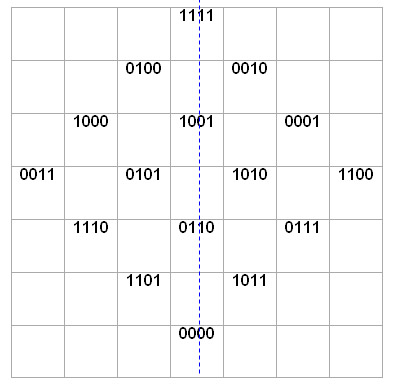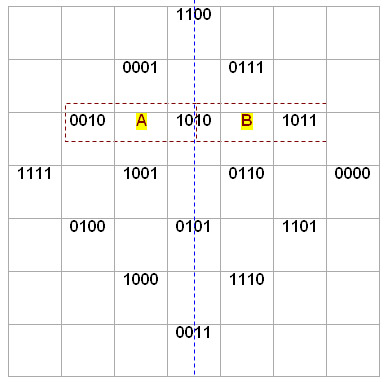Introduction

This magic square has some truly extraordinary characteristics, bordering on the incredible. Mark Collins (Madison, Wisconsin): "I believe this magic square is an archetype as rich in meaning and mysticism as the I Ching. I believe it is a mathematical and visual representation of nature's origami - as beautiful as a photon of light."




